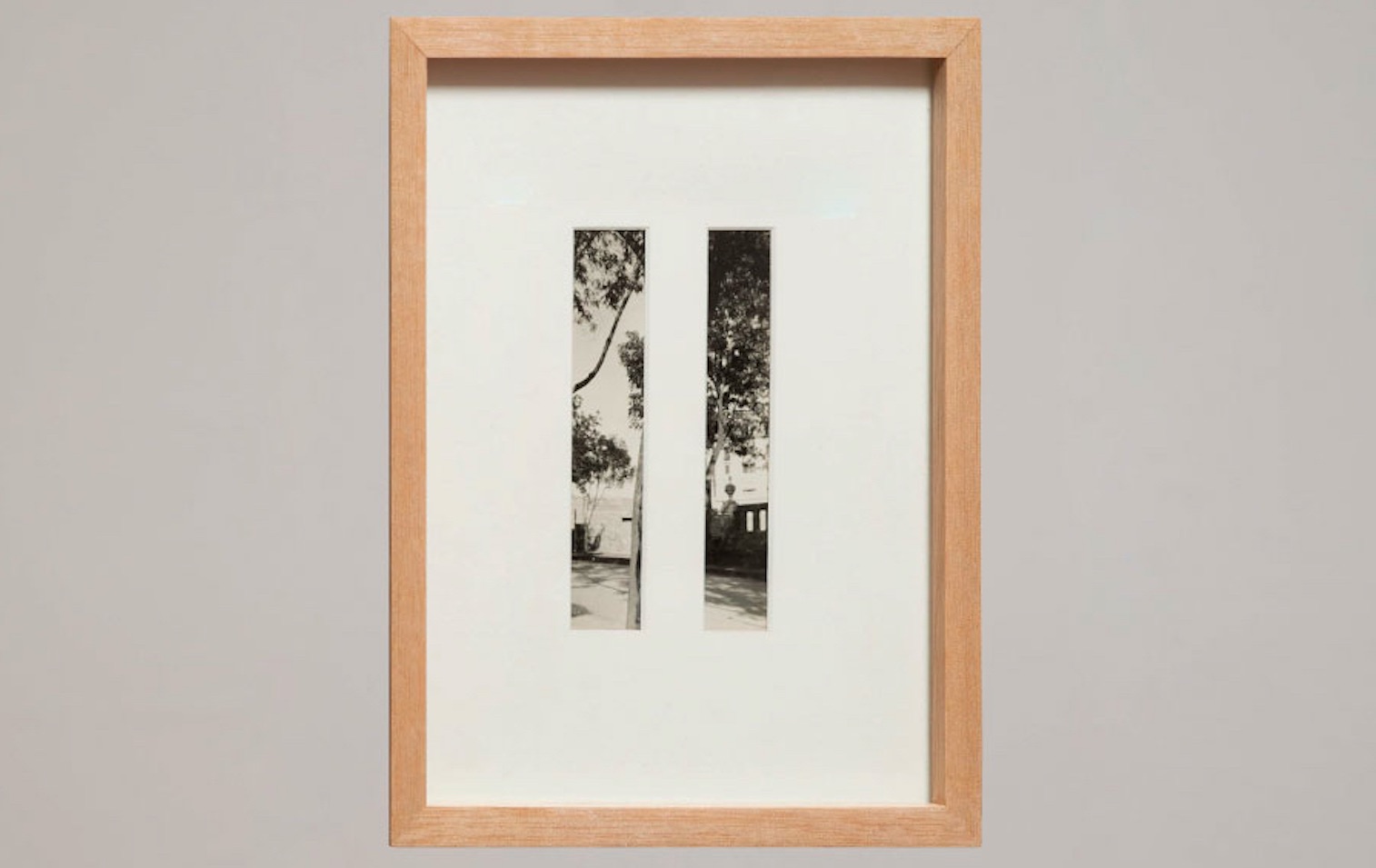
Alejandro Cartagena
Estructuras
Exhibition
-> Sep 5 2019 – Oct 15 2019
What does Photography show, beyond its primal function of memory, record of a moment, place or event? Coming off from the personal album, the institutional archive, the wall of the family house, being sold in lots, cutting out the faces, their identity traits, what is made visible?
These and many more, are questions raised at Estructuras 2018-2019, Alejandro Cartagena’s project.
Through the Nineteenth and Twentieth Century, photography created a series of formal and conceptual structures that were inserted in our way of reproducing places, social activities and our body image. Currently the mass media, social networks and representation systems continue to use these forms creating a standardization in how we should act and look in order to be seen by others.
This project seeks to display the invisible structures that photography has imposed on us for more that 150 years.
Cartagena works with images that have lost their emotional and cultural value and then turned into waste; photographs that have “expired” and have lost their original function, leading to being reused as decoders of the existence of these photographs and how they made meaning while being still functional.
Photography, as well as other expressive mediums, has been supported by built up rules and stories that obey to technical, economic, physical and social necessities.
These structures develop in an “organic” way and, as time passes by, they generate an aesthetic homogeneity that allows the public to “understand” the images and the reason of its existence.
After 15 years of capturing images, Cartagena has begun to question these methods in which him, and everyone that practices photography as an expressive medium, are seduced into those common places of representation.
Using photographs that have been thrown out by its owners, the artist opens the opportunity to question the photographic object, detached of its sentimental and social value that is normally attributed to images from the past.
The removal and intervention of the objects is based in the idea of the photographic collage, which builds meaning and reveals its methodology, accepting it is fiction and a deliberate aesthetic message. Photography, with its indexicality, rarely achieves this.
This constructions gain strength being assembled as groups or series where the repetition of the form, event and/or printing structure allows to claim that those aesthetic gestures are not original, but part of the photographic structure for representing social acts, important moments and body forms.
Lastly, this work seeks to question not only the idea of the author, but the reproduction of the photograph, because, without the film negative, we encounter a unique object; but, by presenting it as a series, what is being reproduced is the social order that supports these photographs and the order of discourse that structures them.
— Patricia Conde Galería